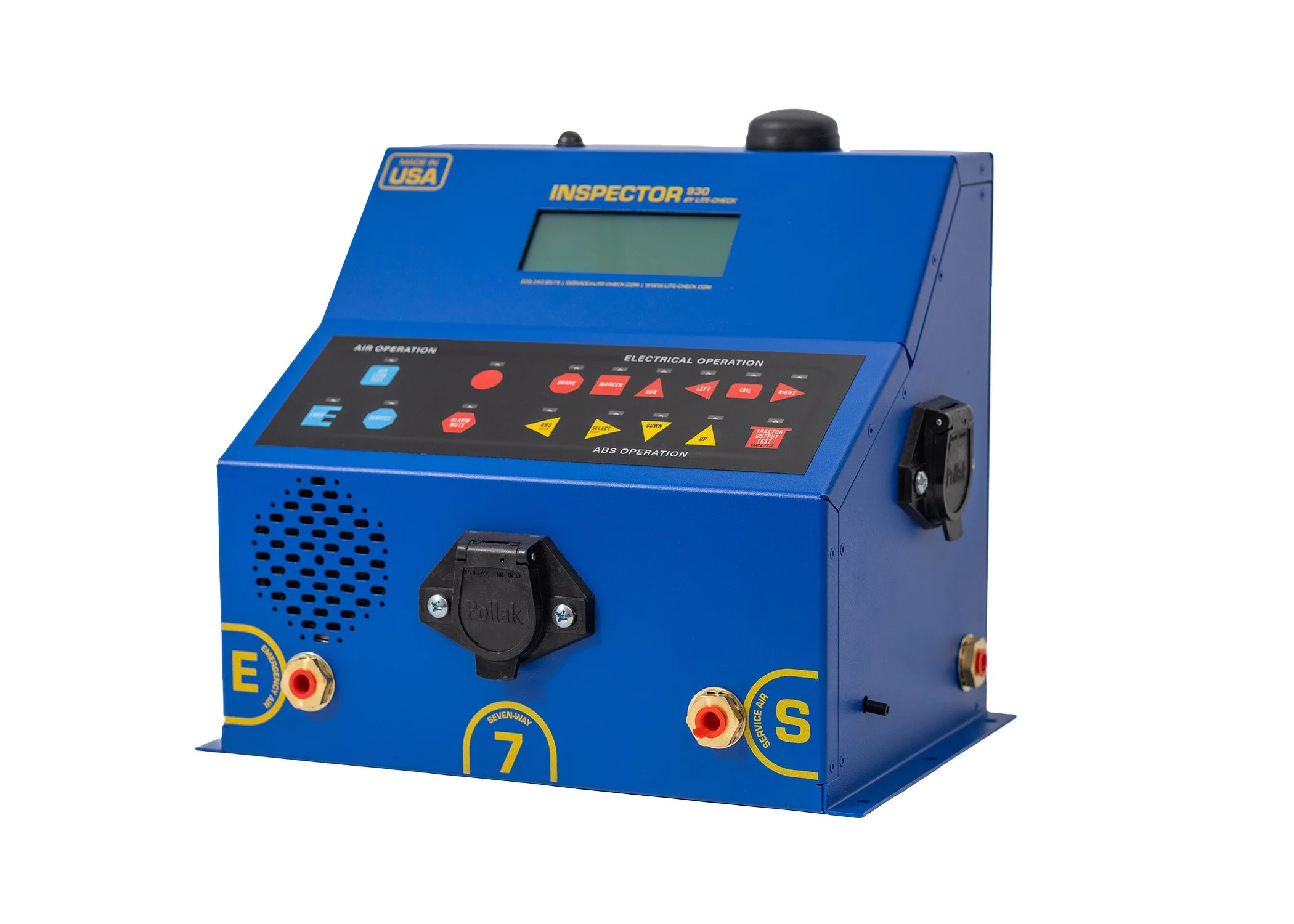How to Use Data to Predict Trailer Failures
Most fleets are sitting on more maintenance data than they realize — they just aren’t using it. With the right process and tools, your shop can go from reacting to problems after they happen to preventing them before they ever hit the road. That’s the core of how smart fleets predict trailer failures, and it all starts with diagnostics.
Failures Don’t Come Out of Nowhere
Lights don’t go out without flickering first. ABS systems don’t fail without triggering a fault code. Air systems rarely rupture without showing signs of pressure loss. The truth is, almost every trailer failure has a trail of data behind it. If you’re testing trailers regularly and logging those test results, that data becomes the early warning system you need.
The challenge isn’t just testing trailers — it’s capturing and using the test results in a structured way.
Step 1: Standardize Your Diagnostics Process
Consistency is the foundation. When every trailer is tested differently, your data doesn’t line up. But when every unit is tested using the same method, by the same tool, and in the same order — you start building a baseline.
The Inspector 930 makes that simple. It gives technicians a step-by-step diagnostic flow that includes lighting, ABS, and air systems — all recorded in real time. Whether it’s a daily yard check or part of scheduled maintenance, every result is measured the same way, every time.
Step 2: Capture the Data Digitally
Paper notes don’t scale. If you want to truly predict trailer failures, you need a digital record of every test. That’s where Sentry Software comes in. It connects to the Inspector 930 and automatically logs diagnostic results by trailer ID, date, and technician.
This gives your team a complete picture of each trailer’s health history — including:
Air leak test results over time
Electrical voltage performance trends
ABS fault history
Lighting system inconsistencies
Over time, this record makes it easier to spot patterns, recurring issues, or signs of system degradation.
Step 3: Review and Act on the Trends
Once the data is structured, you can start analyzing it. That’s when predictive maintenance begins. If Trailer 0486 fails the air decay test three inspections in a row, it's not a coincidence — it’s a slow leak developing. If the voltage on the right rear circuit keeps coming in low, that trailer is on its way to a lighting violation.
These aren’t one-off findings — they’re predictors. And when you act on them early, you prevent costly breakdowns, road calls, and DOT violations.
Predictive Maintenance, Made Practical
Using data to predict trailer failures isn’t about building dashboards or hiring analysts. It’s about making the diagnostic data you already generate visible, consistent, and useful. With the Inspector 930 and Sentry Software, your team gets a practical path to predictive maintenance without having to change how the shop operates.
You don't need a big data strategy. You need a better diagnostic tool and a system that tracks what matters.
To talk about how predictive diagnostics could work in your fleet, visit Lite-Check.com, call 509-535-7512, or email info@lite-check.com.

